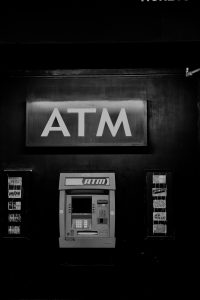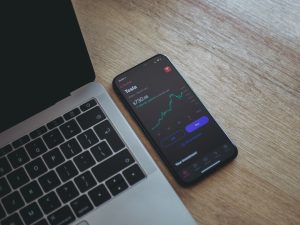Forex trading is an exciting and dynamic market that offers a wide range of opportunities for traders to make profits. It involves the buying and selling of currency pairs, where traders speculate on the direction of the exchange rates. The forex market is the most liquid market in the world, with an estimated daily turnover of over $5 trillion. As such, it attracts a diverse group of traders, ranging from retail traders to institutional investors. One of the key factors that determine the level of influence a trader can have in the market is the number of units they trade.
The concept of units in forex trading refers to the amount of currency being bought or sold. A standard lot is the equivalent of 100,000 units of the base currency, and a mini lot is the equivalent of 10,000 units. Forex brokers also offer micro-lots, which are the equivalent of 1,000 units. The number of units a trader trades is one of the most critical factors that determine the level of their influence in the market. The more units a trader trades, the higher their level of influence is likely to be.
When it comes to trading forex, the level of influence that a trader has in the market is determined by the size of their position. A position refers to the number of units a trader holds in a particular currency pair. For example, if a trader buys 1 lot of the EUR/USD currency pair, they are holding a position of 100,000 units of the euro. The size of a trader’s position determines the level of their influence in the market. If a trader has a large position, they are more likely to move the market in their desired direction.
The level of influence that a trader has in the market also depends on the liquidity of the currency pair they are trading. Liquidity refers to the ease with which a currency pair can be bought or sold without affecting its price. Highly liquid currency pairs such as the EUR/USD or the USD/JPY have a large number of buyers and sellers, which means that it is easier to buy or sell large positions without affecting their price. In contrast, less liquid currency pairs such as exotic currency pairs have fewer buyers and sellers, which means that it is more challenging to buy or sell large positions without affecting their price.
Another factor that determines the level of influence that a trader has in the market is the amount of leverage they are using. Leverage refers to the use of borrowed funds to increase the size of a trader’s position. Forex brokers offer traders leverage, which allows them to control larger positions than their account balance would allow. For example, if a trader has a $1,000 account balance and uses 100:1 leverage, they can control a position of $100,000. The use of leverage increases the level of a trader’s influence in the market. However, it also increases the level of risk that they are exposed to.
In conclusion, the number of units a trader trades is one of the critical factors that determine the level of influence they have in the forex market. The more units a trader trades, the higher their level of influence is likely to be. However, the level of influence also depends on the liquidity of the currency pair being traded and the amount of leverage being used. Regardless of the level of influence, it is essential for traders to manage their risk carefully and to have a solid trading strategy in place.






